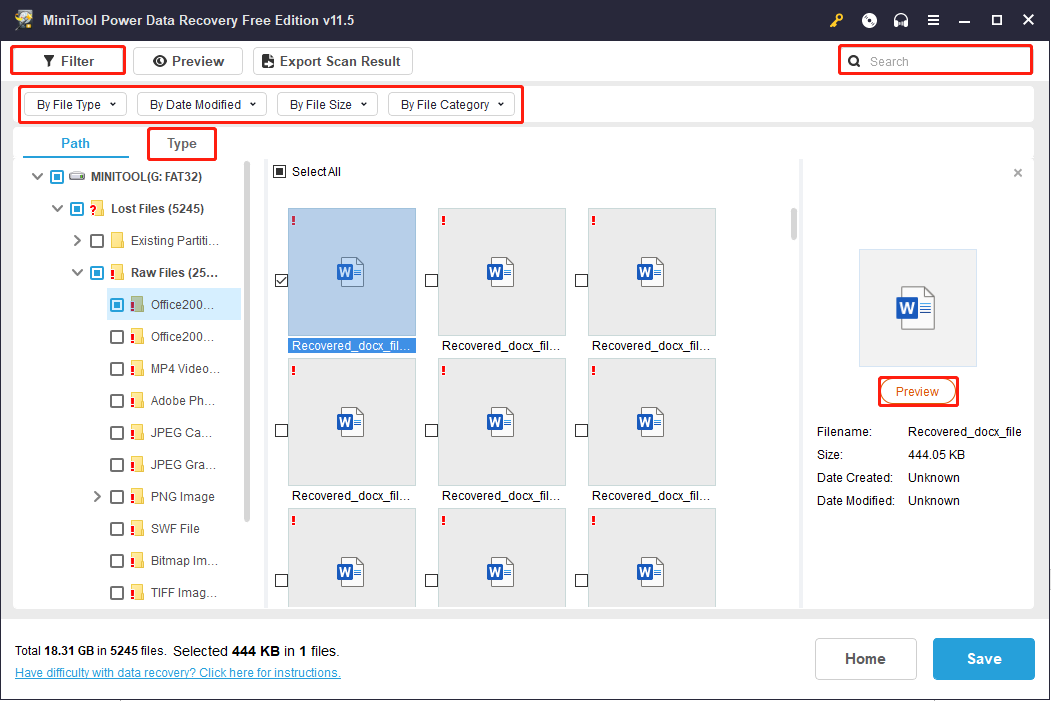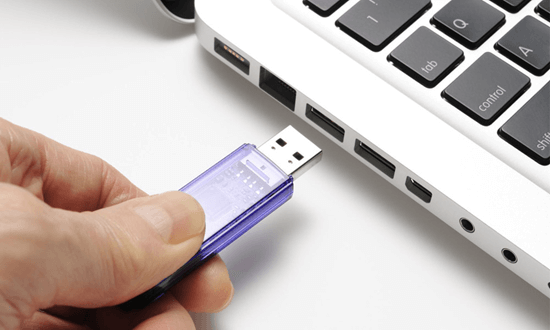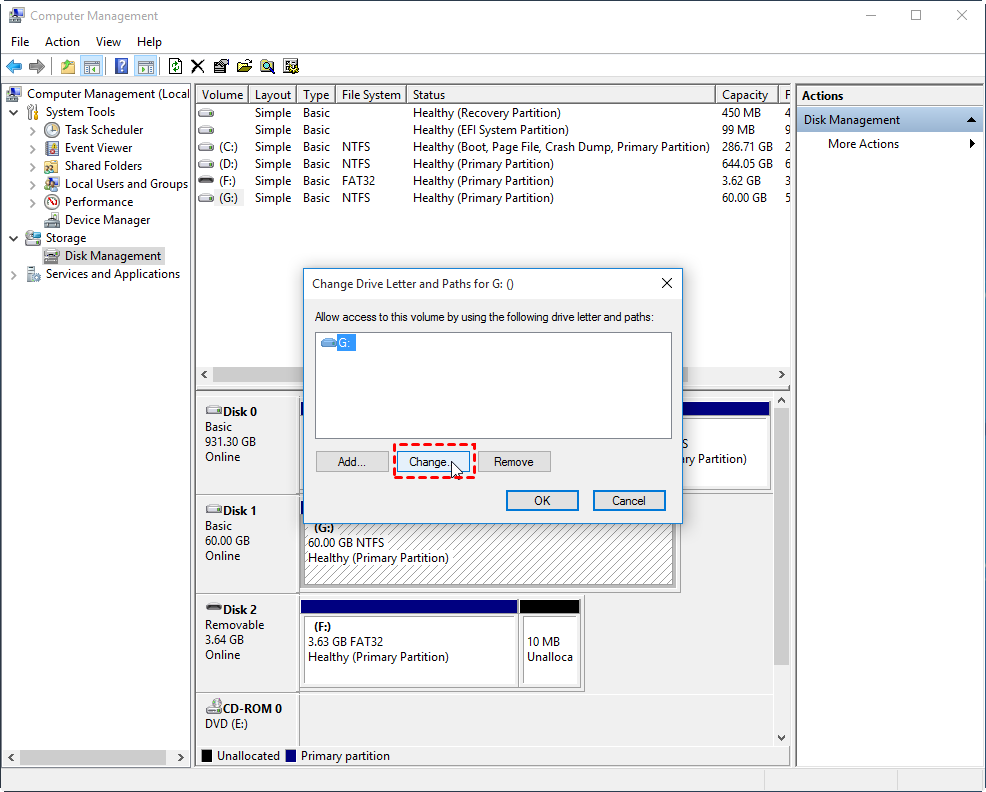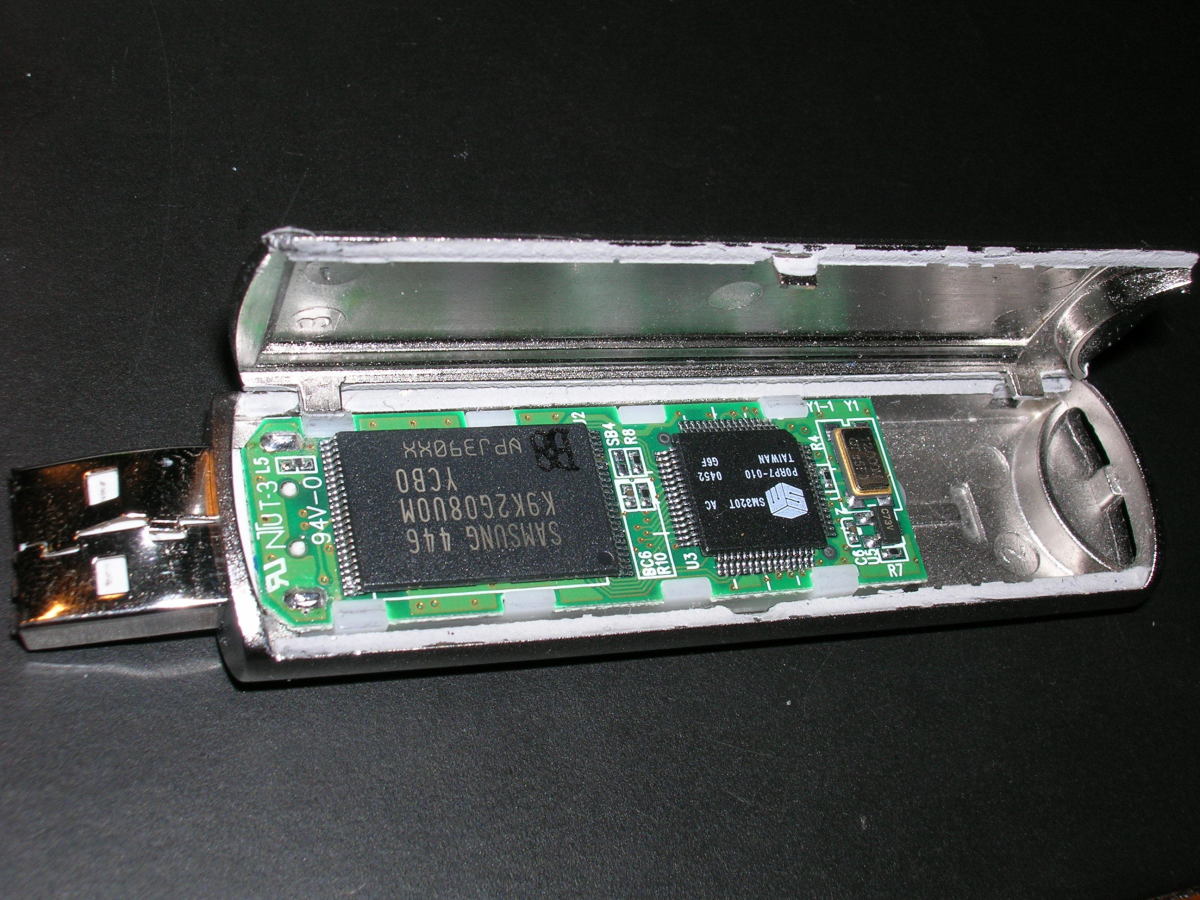


If you find a USB drive, give it to the appropriate authorities (a location's security personnel, your organization's information technology department, etc.).


And if the information on the drive is not encrypted, anyone who has the USB drive can access all of the data on it. If the data was not backed up, the loss of a USB drive can mean hours of lost work and the potential that the information cannot be replicated. The most obvious security risk for USB drives, though, is that they are easily lost or stolen. Victims may not even realize that their computers were attacked. If an attacker can plug a USB drive into the computer during that time, he or she can quickly reboot the system from the USB drive and copy the computer's memory, including passwords, encryption keys, and other sensitive data, onto the drive. Even computers that have been turned off may be vulnerable because a computer's memory is still active for several minutes without power. If an attacker can physically access a computer, he or she can download sensitive information directly onto a USB drive. When users buy the infected products and plug them into their computers, malware is installed on their computers.Īttackers may also use their USB drives to steal information directly from a computer. Some attackers have also targeted electronic devices directly, infecting items such as electronic picture frames and USB drives during production. When the USB drive is plugged into another computer, the malware infects that computer. The malware then downloads malicious code onto the drive. However, these same characteristics make them appealing to attackers.Īttackers can use USB drives to infect other computers with malware that can detect when the USB drive is plugged into a computer. USB drives, sometimes known as thumb drives, are small, readily available, inexpensive, and portable, so they are popular for storing and transporting files from one computer to another. What security risks are associated with USB drives?


 0 kommentar(er)
0 kommentar(er)
